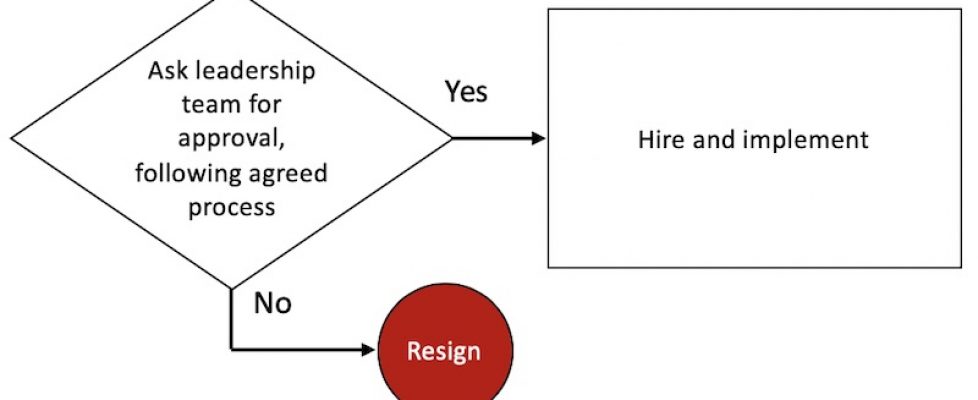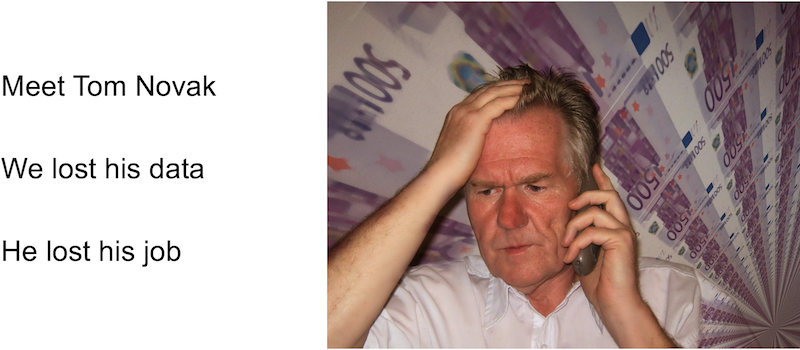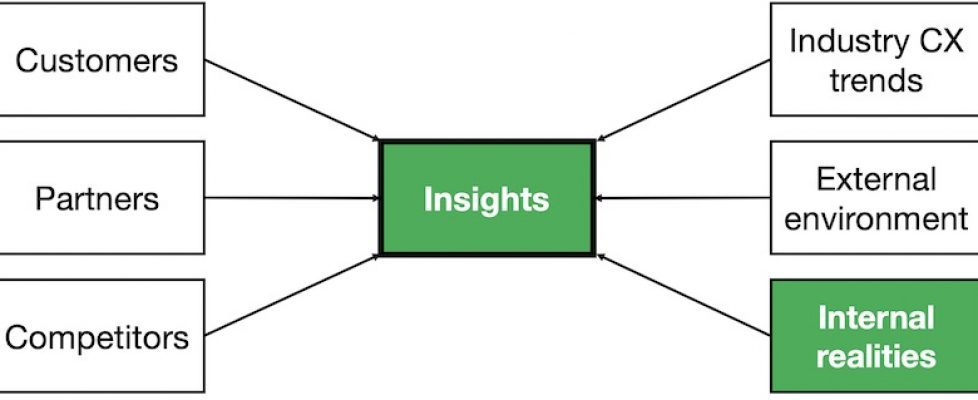Can we, should we reverse-engineer customer experience strategy for speed and effectiveness?
As regular readers will know, I have been quite frustrated by the focus customer experience professionals place on metrics. Your primary focus should be on designing and implementing improvement projects, not on measurement. In that context, I would like to suggest a strategy development architecture that emphasizes that point and prioritises speed over precision.
First step
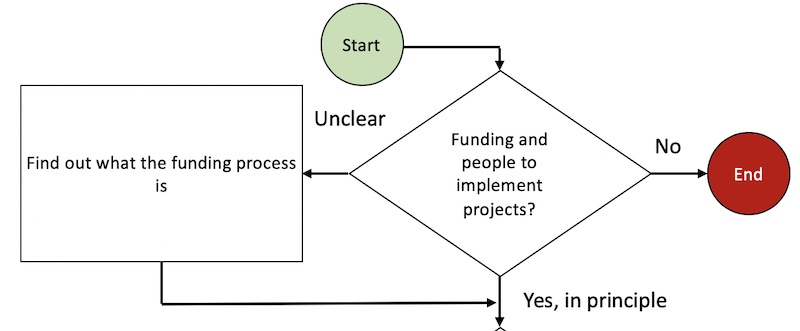
Yes, if there is no conceivable way you can get the people and money you need to drive improvement projects you should abandon your customer experience strategy effort. What you do next is up to you.
Second step
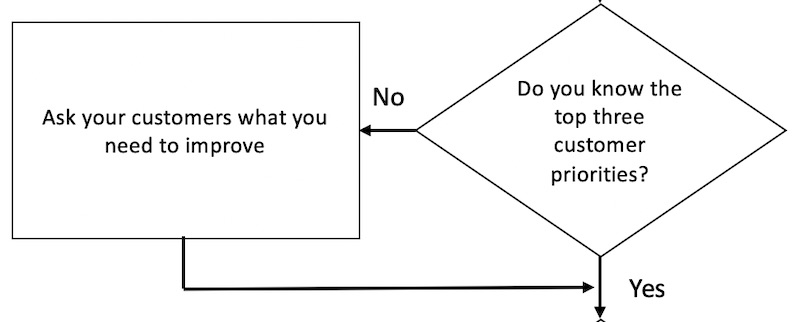
If you don’t know what your customers want you have no rational basis for selecting your improvement projects.
Third step
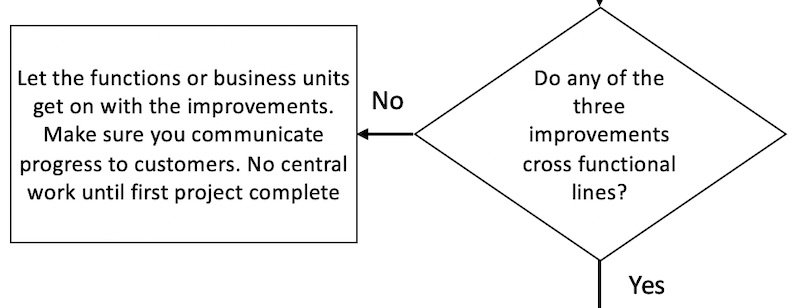
If the top three to five things customers want you to improve fall cleanly into the responsibilities of individual business units or functions, then please just let them get on with those improvements. The central customer experience leadership role should limit itself to communicating the improvement work internally and externally.
Fourth step
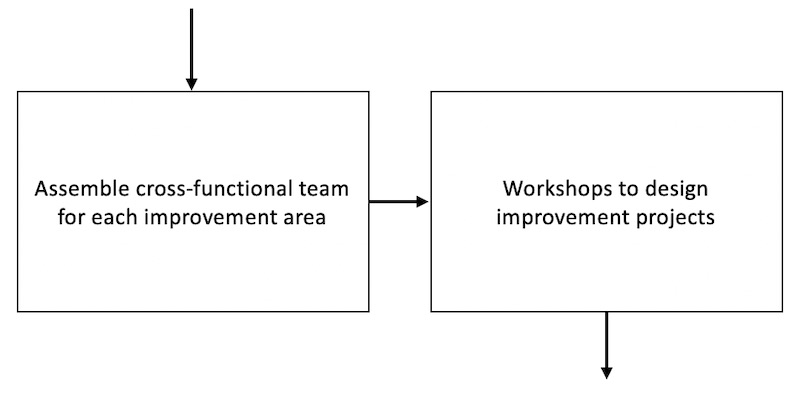
If customer improvement priorities cross business and functional lines (and only then) you need a cross-BU, cross-functional team to agree the design and implementation plans. Remember that to retain sponsorship for your work your projects need to have meaningful names, need to produce meaningful results every two to three months, need to reflect things senior leaders talk about, and need to be easy to communicate effectively.
And now… step five
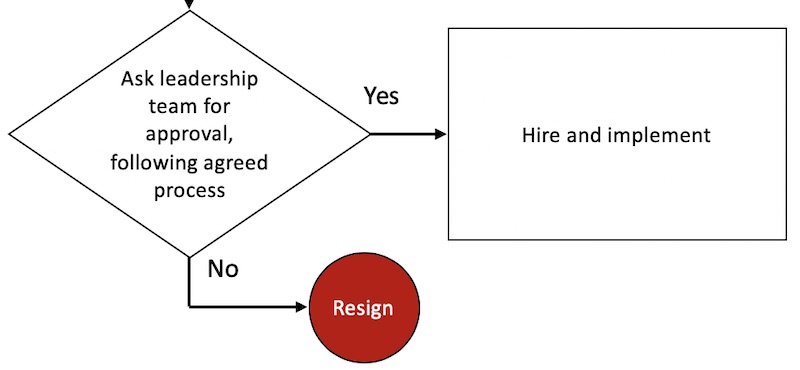
Yes, you should resign if you have followed the agreed funding process and the answer is negative. Your CEO or senior leader has lied to you and they cannot be trusted. Use the experience to find a more trustworthy leader elsewhere, ideally before you actually resign. (There is an old Dutch saying that I like: “Never throw away your old shoes before you have new ones.”) Assuming approval, then just get on and implement. Then start the cycle again when the first project is complete.
Conclusion
I see this as a simple and effective approach. Only do CX research if you are certain to be able to drive improvements. If you need additional customer research, only do it in areas that customers tell you are important. You don’t have unlimited resources. You need to use them where you, your team, and your company can win!
As always, feel free to disagree or provide other perspectives below.
More of this sort of thinking in our books. They are all available in paperback and Kindle formats from Amazon stores worldwide.

